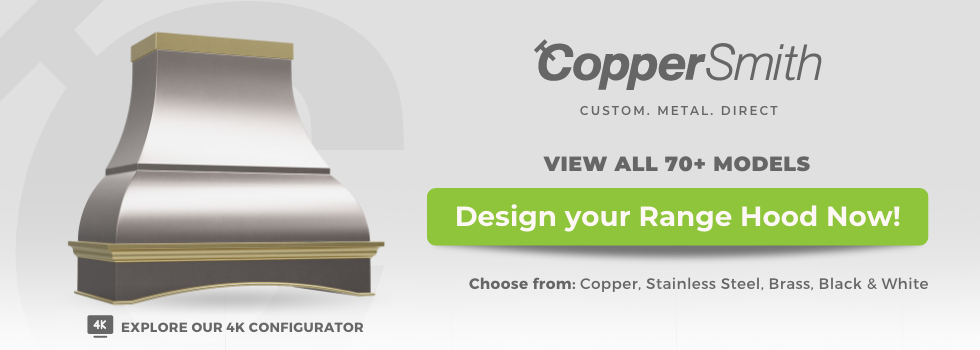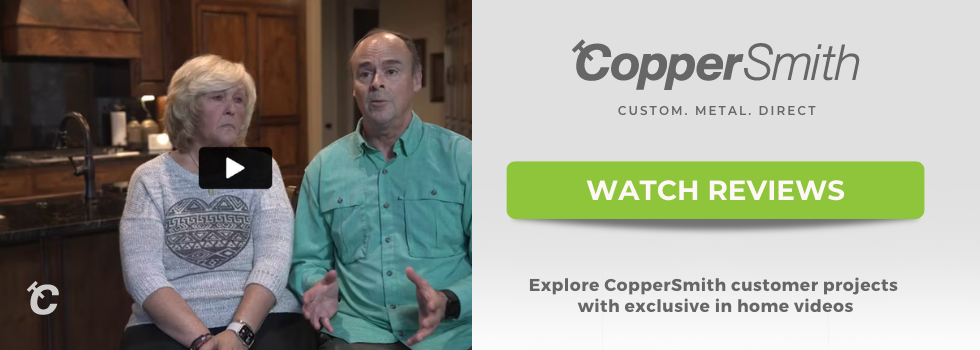So you're choosing your custom range hood, detailing the looks and dimensions; but what about its ventilation system?
Cooker hoods are one of the most integral parts of the kitchen and pose a host of benefits. Their primary function is to remove smoke and smells from when you are cooking, improving the air quality and stopping the scent of what you’ve made spreading all over the house. While this is the main purpose, there are a host of other benefits to a cooker hood and whether you opt for a convertible or ducted cooker hood (the differences between which we'll go into in a minute) you need one in your kitchen.
The choice between a ducted or ductless range hood is one of the vital points of interest in choosing the right range hood. There is a third option - a convertible range hood, which gives you both capabilities.
In this blog, we'll cover how convertible range hoods work, the nature of their advantage, and whether one is right for your space.
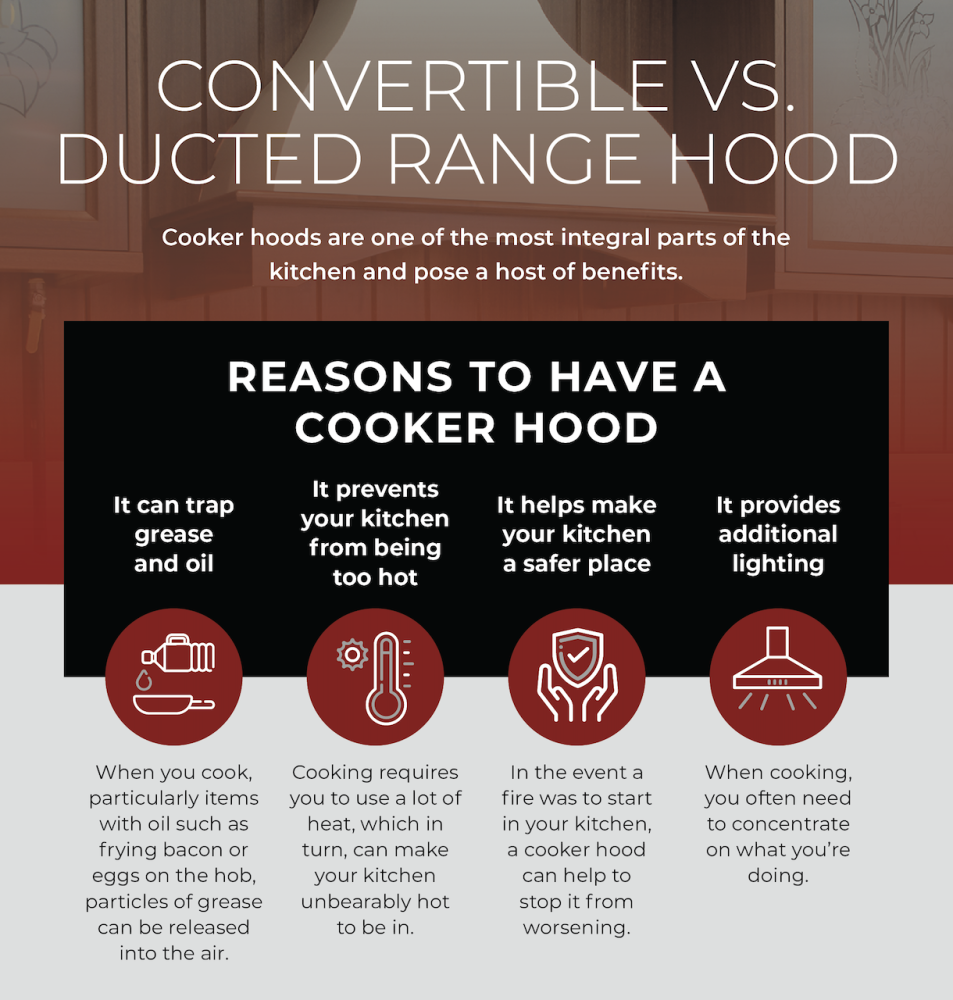
Reasons to have a cooker hood
It can trap grease and oil - When you cook, particularly items with oil such as frying bacon or eggs on the hob, particles of grease can be released into the air. Your cooker hood will capture this, stopping it from settling on your kitchen surfaces and making them dirty. If grease is left to linger on surfaces it can cause them to erode or discolour over time. By removing these particles you can prolong the life and condition of your kitchen sides.
It prevents your kitchen from being too hot - Cooking requires you to use a lot of heat, which in turn, can make your kitchen unbearably hot to be in. A cooker hood can draw this heat out and prevent it from accumulating and making it uncomfortable. If you don’t have good ventilation and windows in the kitchen, the heat can make you dread cooking, so by investing in a cooker hood you can make it much more comfortable.
It helps make your kitchen a safer place - In the event a fire was to start in your kitchen, a cooker hood can help to stop it from worsening. By removing the fumes and smoke, it can stop it spreading as fast, giving you time to get it under control. This makes it safer if the worst was to happen.
It provides additional lighting - When cooking, you often need to concentrate on what you’re doing. Cooker hoods provide an extra level of lighting as many have built-in light fixtures and these make it much easier to see the task at hand. The enhanced visibility this light gives means you can see what you’re doing and check the food is properly cooked too.
When it comes to choosing a cooker hood, you need to consider a ducted or non-ducted range hood. Both have their benefits and it's down to you to decide which is best.
What does convertible mean on a range hood?
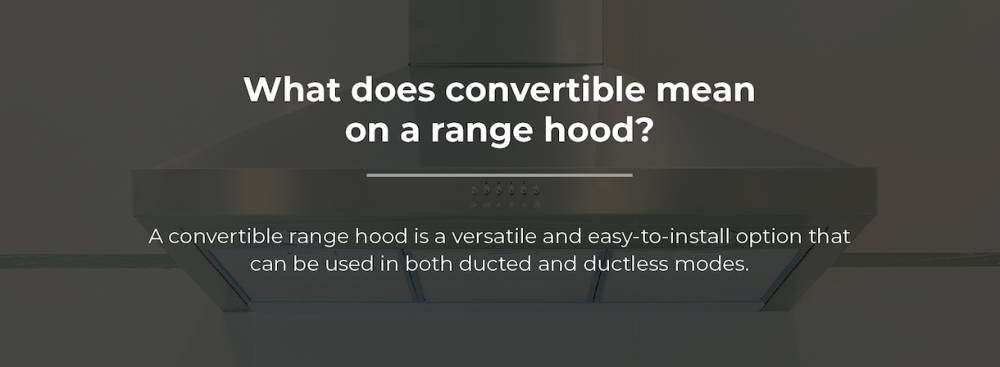
A convertible range hood is often favoured for its versatility as it offers the flexibility to be used in a ducted or ductless mode. Filters that come with the hood help to trap grease and odours, whereas when it is in the ductless mode, the air passes through the filters then is recirculated back into the kitchen. Benefits of a convertible range hood includes the fact that it’s versatile - it can be used in both modes depending on what you’re after. It is also easy to install and doesn’t require any ductwork. Not only is this quicker, but it is also less expensive. Another benefit is that it can be installed in tighter spaces where ducting might not work or be feasible.
What is a ducted range hood and what are the benefits?
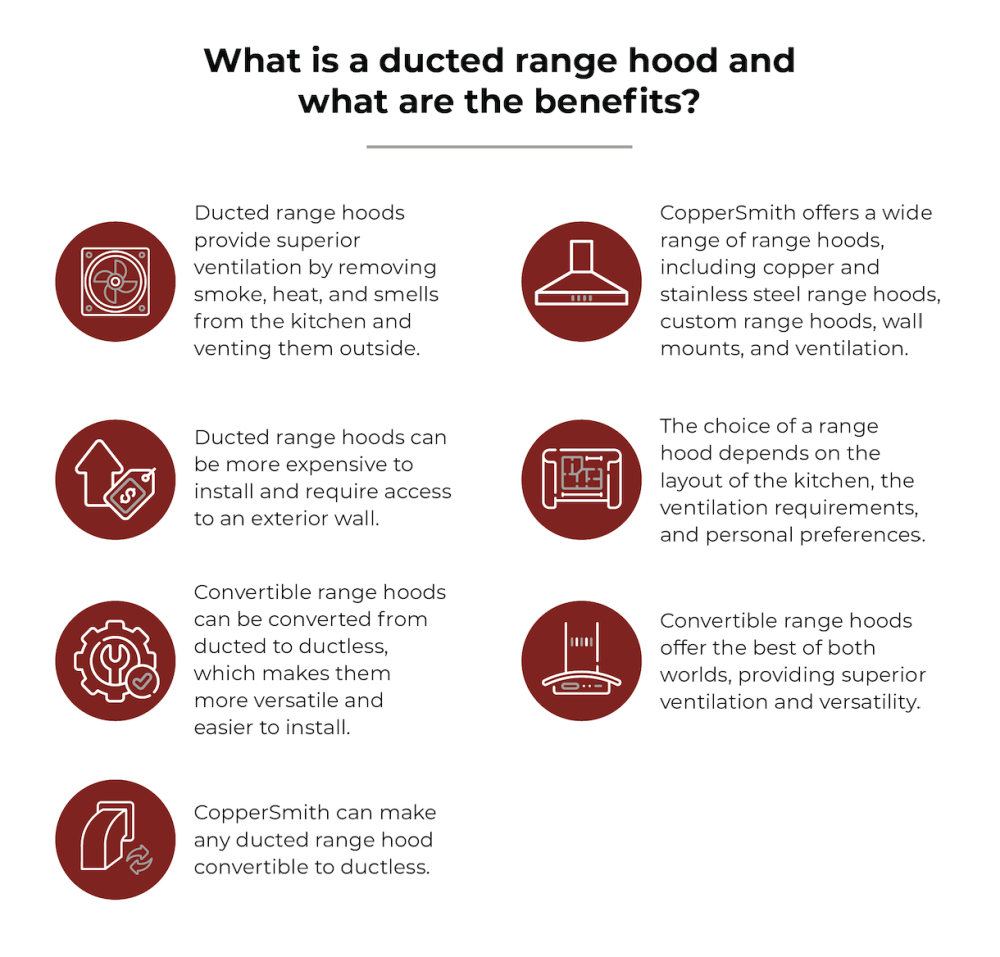
A ducted range hood provides superior ventilation which can remove smoke, heat and smells from your kitchen and directly vent them outside. It captures grease particles and stops it from settling on surfaces making cleaning the kitchen a lot easier and preserving it for the future. There are many benefits to a ducted range hood, however it can involve more significant installation costs and also the need for access to an exterior wall for installation.
The choice between a convertible or ducted hood range depends on the layout of your kitchen, the ventilation you require and what you prefer.
Here at CopperSmith we can make any ducted range hood convertible to ductless, improving the ventilation of your kitchen and making it a much nicer space to cook and spend time in. To find out more about our selection of range hoods and choose the best one for your kitchen, please get in touch with us today. We are on hand to answer any questions you might have, as well as provide a no-obligation quote. Our range covers everything from copper or stainless steel range hoods to custom range hoods, wall mounts and ventilation. No matter your kitchen, we’ll find the perfect cooker hood for your space.
So you're choosing your custom range hood, detailing the looks and dimensions; but what about its ventilation system?
The choice between a ducted or ductless range hood is one of the vital points of interest in choosing the right range hood. There is a third option - a convertible range hood, which gives you both capabilities.
In this blog, we'll cover how convertible range hoods work, the nature of their advantage, and whether one is right for your space.
What is the difference between ducted and non-ducted range hoods?
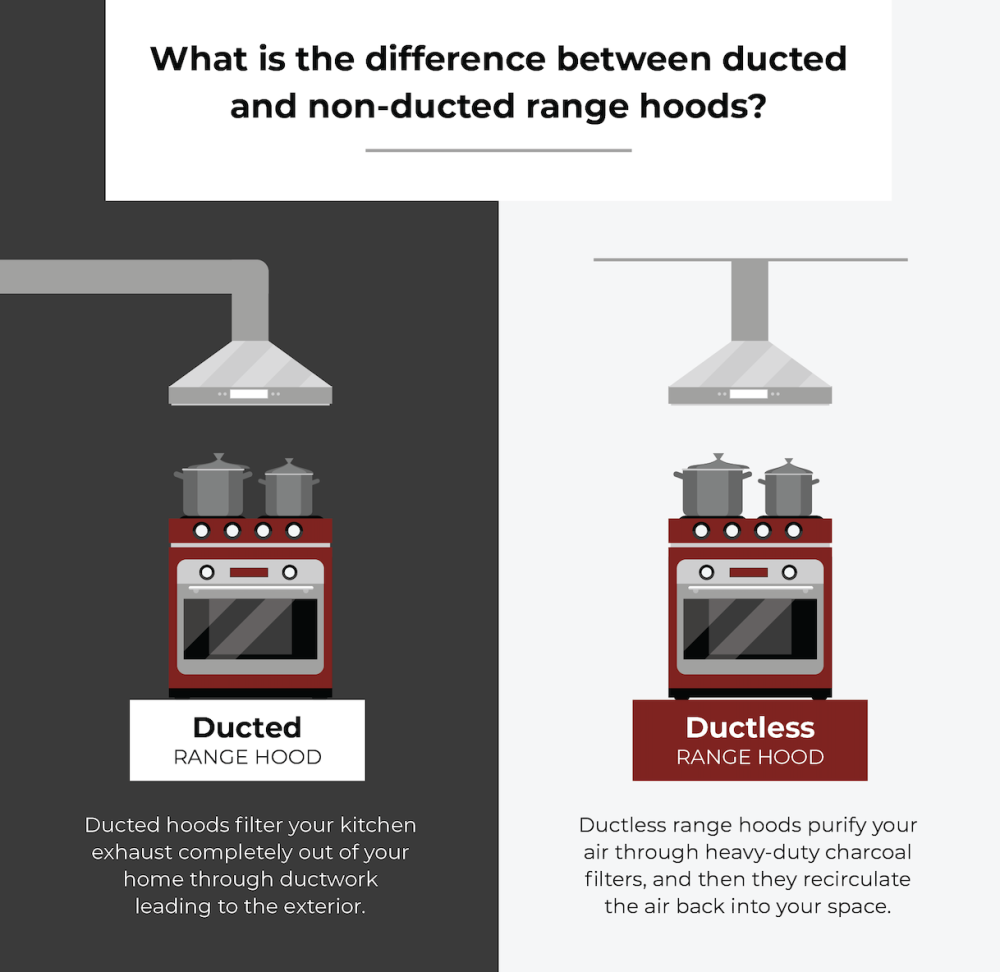
First, a refresher on the essential differences at play here. Ducted hoods filter your kitchen exhaust completely out of your home through ductwork leading to the exterior.
Ductless range hoods purify your air through heavy-duty charcoal filters, and then they recirculate the air back into your space.
The practical advantage of a ductless hood is that it requires no additional ductwork, easing installation and reducing the associated costs. These ductless models of vent hoods will however require more regular maintenance in the form of filter cleaning, which should be done monthly.
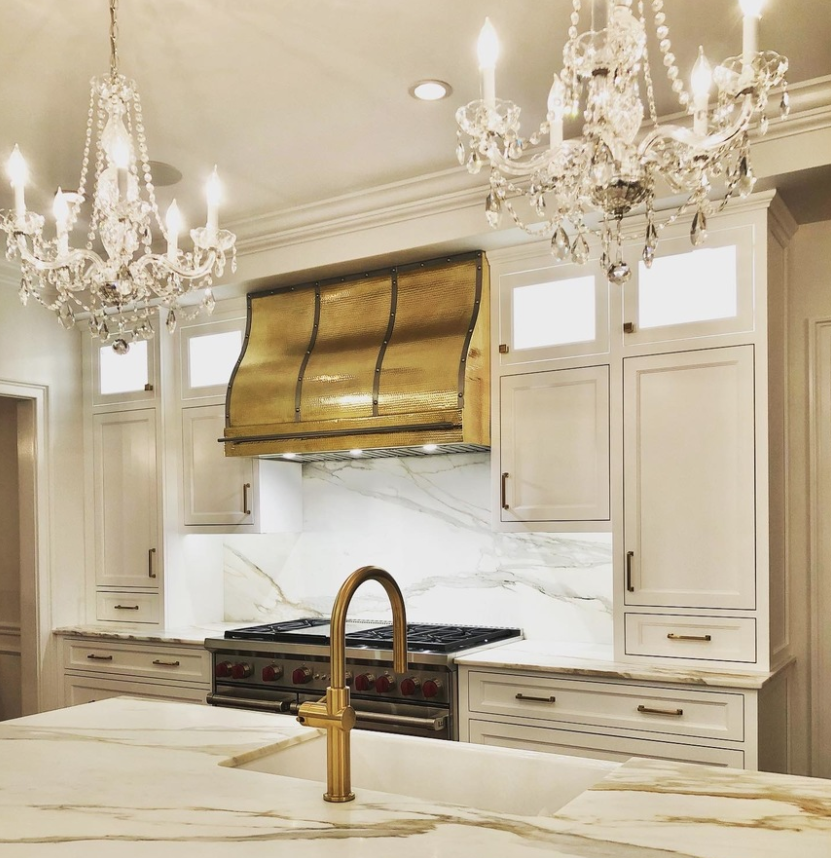
Are ducted range hoods better?
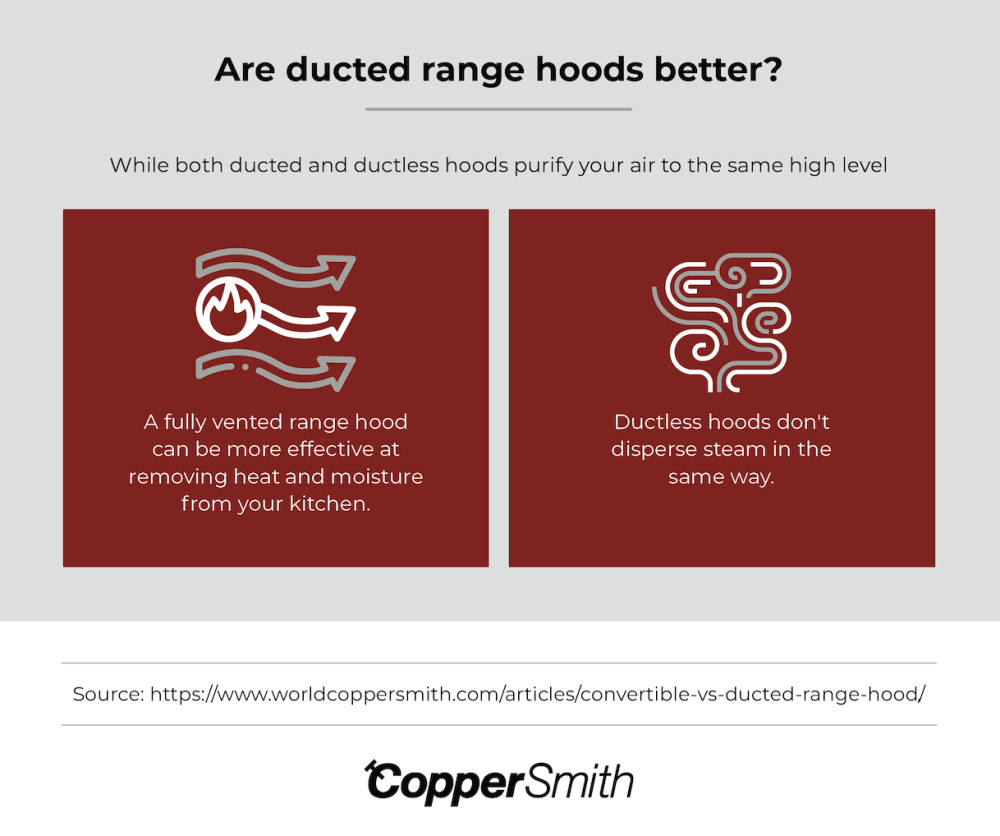
While both ducted and ductless hoods purify your air to the same high level, a fully vented range hood can be more effective at removing heat and moisture from your kitchen, whereas ductless hoods don't disperse steam in the same way.
With a ducted hood, your insert fan can be installed "in-line," meaning along or at the terminus of your ductwork. This greatly reduces the noise created by your active exhaust hood.
What does convertible mean on a range hood?
A convertible range hood means a ducted hood than can be switched over to a ductless model of ventilation without re-installation.
This allows you to maintain a high level of air quality without a fully vented range hood. CopperSmith's Ductless Conversion Kit allows to you to make any ducted range hood convertible to ductless.
What is the best CFM for a range hood?
Exhaust hoods use insert fans with power ratings measured in the cubic feet per minute of air they can move. Every kitchen will have unique requirements, but the average kitchen could use around 600 CFM; a seldom-used kitchen could get away with less, and a very-busy kitchen should use more.
Ductless vent hoods generally have a lower CFM than ducted and inline blowers. If you're unsure of the CFM you need, our expert customer service is happy to assist you.
What size range hood do I need?
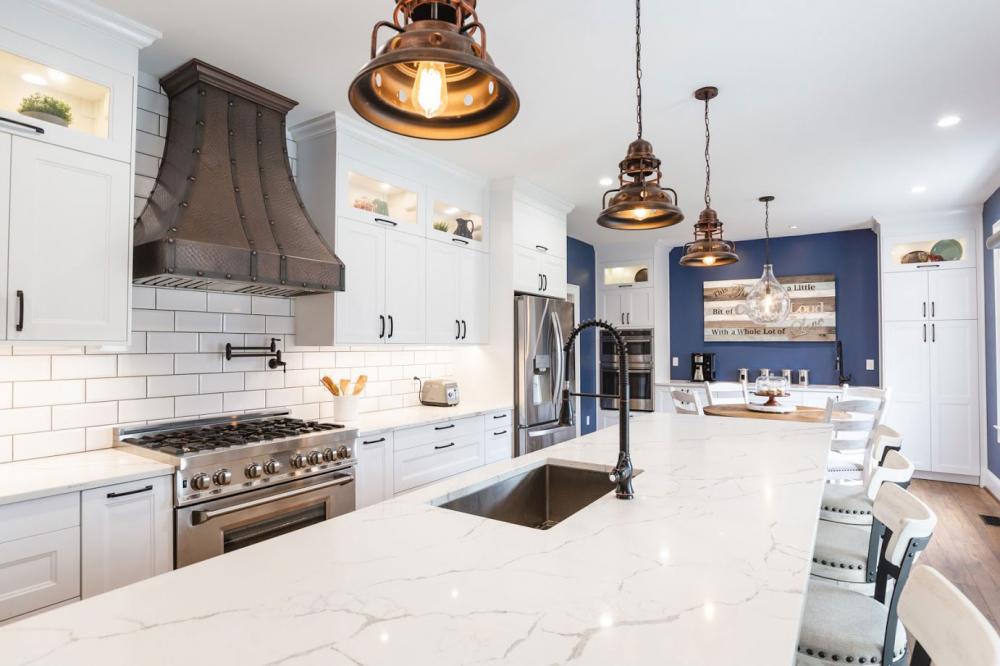
As a rule of thumb, your range hood should be at least as large as, but never smaller, than the cooktop you are ventilating with it.
This means that, for a 32" stove, you need a 32" or larger range hood.

